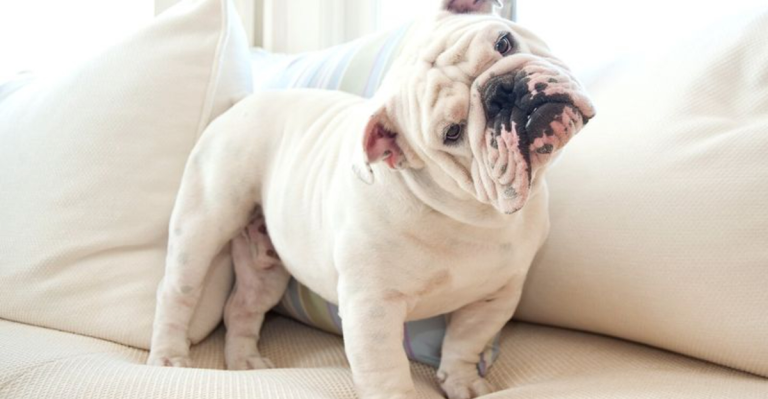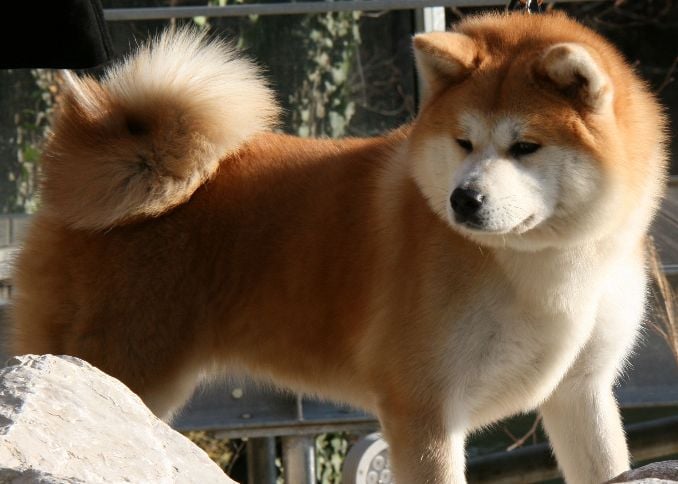15 Insights Into The American Akita’s Noble Heritage

The American Akita, a breed steeped in history and cultural significance, offers a compelling narrative that intertwines ancient traditions with modern developments. Shaped by centuries of purpose and prestige, this canine’s evolution reflects the values of the people who revered it—courage, loyalty, and honor. This list looks into 15 pivotal insights illuminating the breed’s noble heritage.
Akita’s Origins Lie In Japan’s Rugged Northern Mountains

Emerging from the snow-laden terrain of Akita Prefecture, the Akita breed was honed for endurance and strength. These dogs were integral to the region’s hunting culture, moving through treacherous terrains to assist in tracking formidable game. Their dominating physique and thick double coat were evolutionary responses to the harsh climatic conditions to ensure survival and functionality.
Matagi-Inu Were The Akita’s Hunting Ancestors

The Akita’s lineage traces back to the Matagi-Inu, esteemed hunting companions of the Matagi people. Valued for more than their strength, these dogs served as trusted allies in the pursuit of bears and boars. The breed’s keen senses, unwavering courage, and cooperative nature were indispensable and laid the genetic and behavioral foundation for the modern Akita’s hunting prowess.
Akita Symbolizes Loyalty And Protection In Japan

In Japanese culture, the Akita represents virtues of loyalty and protection. The story of Hachiko, an Akita who waited for his deceased owner daily for years, epitomizes these qualities. Akitas are often given as gifts to convey wishes of health and happiness. So, if someone gifts you an Akita, you now know why.
Akitas Served As Guardians For Japanese Nobility

In feudal Japan, Akitas transcended their hunting roles to become symbols of status and guardianship among the aristocracy. Their imposing presence and loyal disposition made them ideal protectors of estates and companions to the elite. This high status fostered selective breeding practices aimed at enhancing their noble characteristics.
Akitas Were Once Exclusively Owned By Samurai And Aristocrats

During Japan’s Edo period (1603–1868), Akitas were considered luxury companions, reserved almost exclusively for samurai and aristocrats. Ownership signified rank and refinement, and regulations often restricted the breed to elite households. The Akita’s noble lineage and controlled distribution made it a living emblem of honor, prestige, and social hierarchy.
The Akita Was Designated A National Monument In 1931

Recognizing the breed’s cultural and historical significance, Japan declared the breed a national monument in 1931. This designation was honorary, and it initiated conservation efforts to preserve the breed’s purity and legacy. The Akita Inu Hozonkai was established to oversee these preservation activities to ensure the breed’s continuity amidst modernization.
Helen Keller Introduced The Akita To America In 1937

Helen Keller’s introduction of the Akita to the United States marked a significant cultural exchange. During her visit to Japan, Keller was gifted an Akita named Kamikaze-go and was enchanted by the breed’s gentle nature. Though Kamikaze-go’s life was brief, Keller’s subsequent acquisition of another Akita, Kenzan-go, solidified the breed’s presence in America.
WWII Threatened The Akita’s Survival

The turmoil of WWII posed existential threats to the Akita breed. How? When resources became scarce, government mandates led to the culling of many dogs. However, dedicated breeders and enthusiasts clandestinely safeguarded select Akitas, preserving the genetic lineage that would later facilitate the breed’s revival post-war.
American Soldiers Brought Akitas Home Post-War

Post-WWII, American servicemen stationed in Japan developed an affinity for the Akita’s dignified demeanor and brought them back to the United States. Akita dogs were often given as gifts by Japanese citizens. Because of this, they became the progenitors of the American Akita line and introduced the breed to a new cultural context and breeding practices.
American Breeding Developed A Distinct Akita Line

In the United States, breeders emphasized traits such as size and strength, diverging from the Japanese standard. Selective efforts to enhance power and presence gave rise to the American Akita, known for its formidable build. Each physical feature was intentionally refined to align with American preferences for a more imposing and protective companion.
American Akita Showcases A Bear-Like Appearance

The American Akita stands out for its striking silhouette, marked by a broad skull, deep-set eyes, and dense musculature. Unlike the sleeker, fox-like profile of the Japanese Akita, its powerful form commands attention and respect. Selective breeding in the U.S. emphasized visual impact and physical authority, creating statuesque and formidable canine figures.
International Disputes Led To Breed Divergence

The divergence between the American and Japanese Akita lines led to international disputes regarding breed classification. While some kennel clubs recognized them as separate breeds, others viewed them as variations of the same breed. These disagreements highlighted the complexities of breed standardization across different cultural and national contexts.
The Akita Club Of America Was Formed In 1956

The formation of the Akita Club of America in 1956 provided a structured organization dedicated to the breed’s promotion and preservation in the U.S. The club established breeding guidelines and served as a central hub for enthusiasts, pivotal in the breed’s development and recognition. It is also the best place to connect with other Akita owners.
The American Kennel Club (AKC) Recognized The Akita In 1972

The American Kennel Club’s recognition of the Akita in 1972 marked a milestone in the breed’s American journey. It is this acknowledgment that facilitated the breed’s participation in official competitions and standardized breeding practices, further entrenching the Akita’s status within the American canine community.
AKC Approved The Akita Breed Standard In 1973

Following its recognition, the AKC approved the official breed standard for the Akita in 1973. This standard delineated specific physical and behavioral traits to guide breeders and judges in maintaining the breed’s integrity. It also underscored the distinctions between the American and Japanese Akita lines, acknowledging their unique characteristics.




